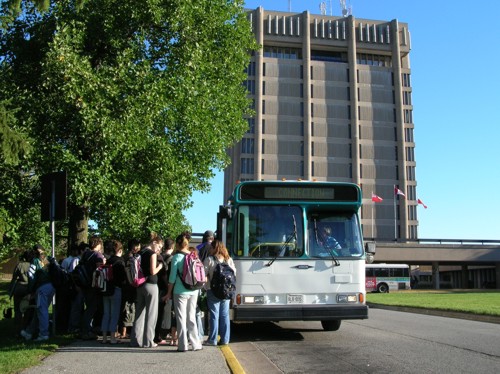
In this era of public spending scrutiny, transit construction cost overruns, pilot projects have become an ideal way for municipalities and regions around the world to experiment with a desirable planning alternative. In 2009, the City of Vancouver experimented with installing bike lanes on the Burrard Bridge, which became permanent a year later after one million cyclists had crossed the bridge. Toronto is currently experimenting with bike lanes on Richmond and Adelaide Streets.
Just over an hour south of Toronto in wine country, Niagara Region initiated an intermunicipal transit pilot project back in 2011, granting $3.7 million to the municipalities of Welland, St. Catharines and Niagara Falls to connect to each other with new buses. The Region also provided additional funding to the program annually. The pilot program has been successful–though it was due to end this fall, the Region has extended it until September 2015. Last week, Niagara’s public works committee approved guiding principles for intermunicipal transit developed in consultation with the Region’s 12 cities and towns, and agreed to remove the words “pilot project” from any reference to an intermunicipal transit system linking the cities. Regional councillors also approved route improvements of $1.34 million in 2015–pending approval of the 2015 budget to support a system linking Welland, St. Catharines, Niagara Falls, Grimsby, Lincoln and West Lincoln.
Regional councillors say the project would also be key in convincing the province to extend daily GO Rail service to Niagara. A survey of 4,700 Niagara residents showed that 48% would be willing to support intermunicipal transit with higher taxes. Support was highest in St. Catharines at 60%.
